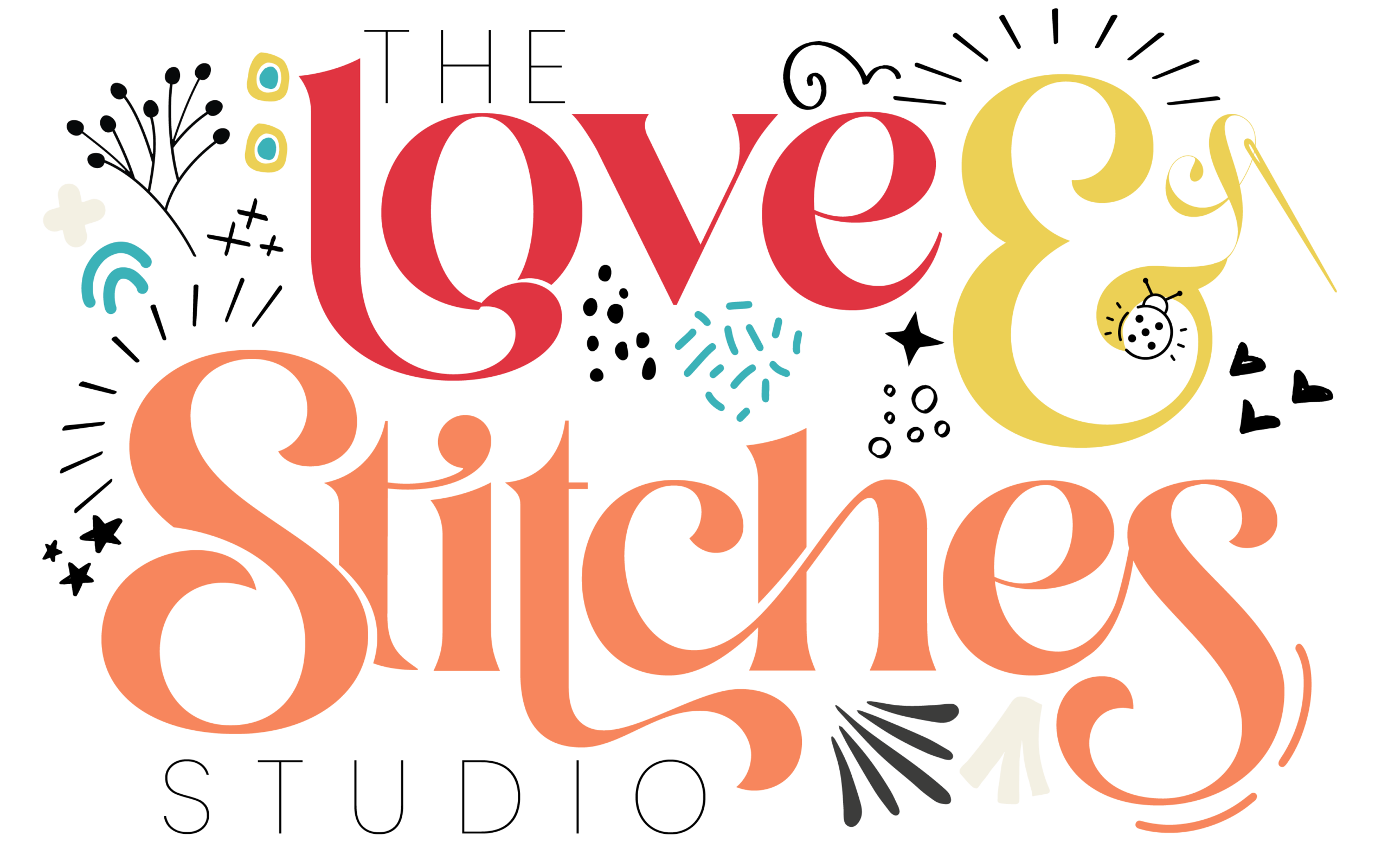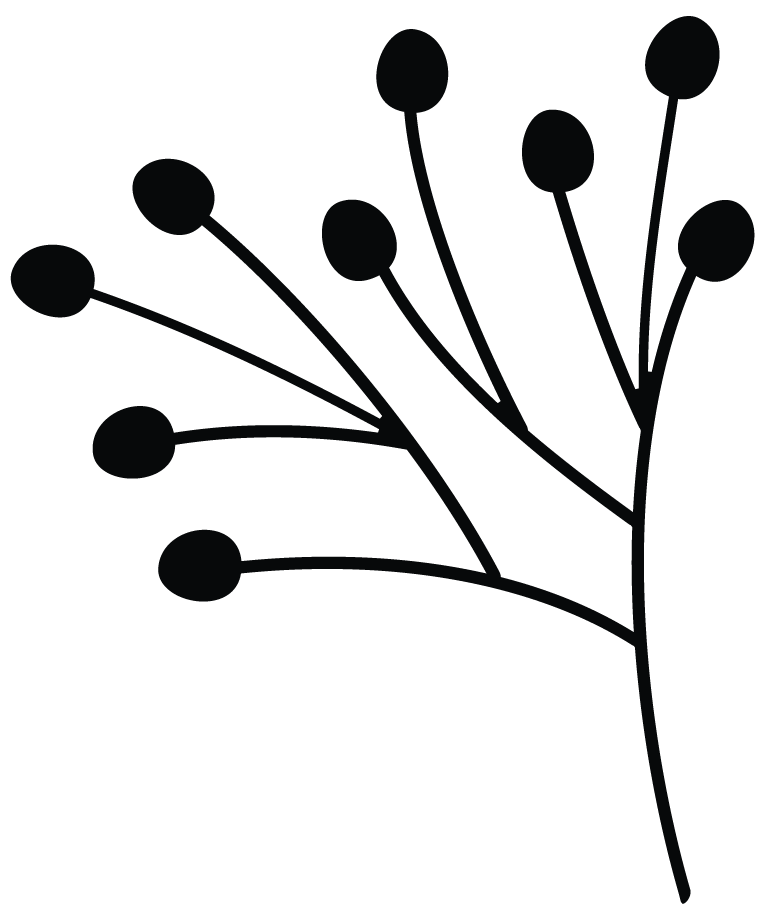In today’s fast-paced fashion industry, where trends change rapidly and clothing waste is a significant concern, sewing your own clothes has emerged as a sustainable alternative. By embracing the art of creating garments from scratch, you can reduce your carbon footprint, promote ethical practices, and foster a more conscious approach to fashion. In this article, we’ll explore ten compelling reasons why sewing your own clothes contributes to sustainability.
1. Reduction of Textile Waste
The fashion industry is notorious for its immense textile waste. By sewing your own clothes, you can avoid contributing to this problem. Instead of purchasing mass-produced items that often end up in landfills, you have the power to choose eco-friendly fabrics, create garments that fit perfectly, and eliminate unnecessary waste. You can even make great Zero Waste Clothing.

2. Customization and Longevity – Sewing Your Own Clothes is More Sustainable
When you sew your own clothes, you have complete control over the design and fit. This customisation ensures that your garments fit your body shape and personal style, reducing the chances of them sitting unworn in your closet. Therefore by investing time and effort in creating pieces you truly love, you increase their longevity and reduce the need for constant shopping and disposal.
3. Ethical Production
The fashion industry has faced numerous controversies regarding unethical labour practices. By sewing your own clothes, you can guarantee that no one was exploited in the making of your garments. You have the power to ensure fair wages and working conditions by sourcing ethically produced fabrics and materials.
4. Use of Sustainable Fabrics
Choosing sustainable fabrics is a crucial step in promoting eco-friendly fashion. When sewing your own clothes, you can carefully select fabrics made from organic, recycled, or natural materials such as organic cotton, hemp, bamboo, or Tencel. These materials have a lower environmental impact compared to conventional synthetic fibres.
5. Minimal Packaging and Transportation
When you sew your own clothes, you eliminate the need for excessive packaging and long transportation routes associated with mass-produced fashion. This significantly reduces the carbon emissions and waste generated throughout the supply chain, helping to combat climate change.
6. Skill Development and Empowerment
Learning to sew not only allows you to create sustainable garments but also empowers you with a valuable skill. Sewing encourages creativity, problem-solving, and self-sufficiency. By honing your sewing skills, you become less reliant on fast fashion brands and gain the confidence to repair and upcycle clothing, further reducing waste.
7. Supporting Local Businesses
Sewing your own clothes often involves sourcing materials from local fabric stores, supporting local businesses, and contributing to your community’s economy. Basically by shopping locally, you reduce the environmental impact of long-distance transportation and help sustain small-scale, sustainable textile businesses.
8. Reducing Water and Energy Consumption
Mass production of clothing consumes vast amounts of water and energy. By sewing your own clothes, you have control over the production process, allowing you to minimize water usage and choose energy-efficient methods. Additionally, you can repurpose old fabrics, reducing the environmental impact even further.
9. Preserving Traditional Crafts – Sewing Your Own Clothes is More Sustainable
Sewing your own clothes keeps traditional sewing techniques alive. These crafts have been passed down through generations and are part of our cultural heritage. By embracing these skills, you contribute to their preservation and create a connection to the past while promoting sustainability in the present.
10. Inspiration for Others
When you sew your own clothes and showcase your creations, you inspire others to embrace sustainable fashion practices. In that way by sharing your journey, tips, and experiences, you can encourage a broader movement towards conscious consumption, creativity, and even a more sustainable fashion industry.
Sewing your own clothes is a powerful way to contribute to a more sustainable and ethical fashion industry. All things considered by reducing waste, customising garments, choosing sustainable materials, and supporting local businesses, you become an active participant in the movement towards a greener future. Embrace the art of sewing and make a positive impact on the environment, your wardrobe, and also the fashion industry as a whole.
Love & Stitches
Alison xx


